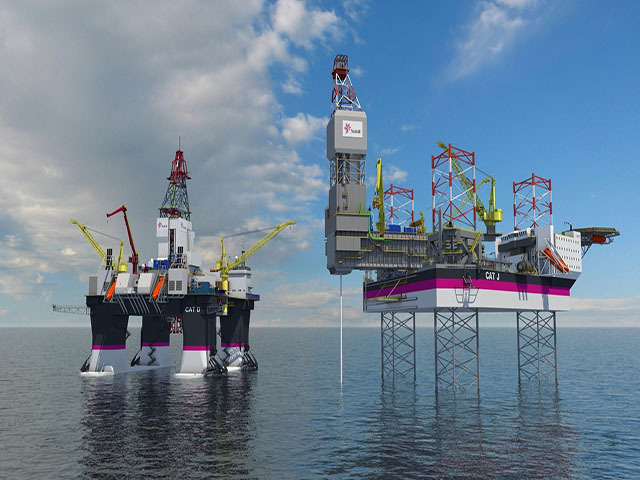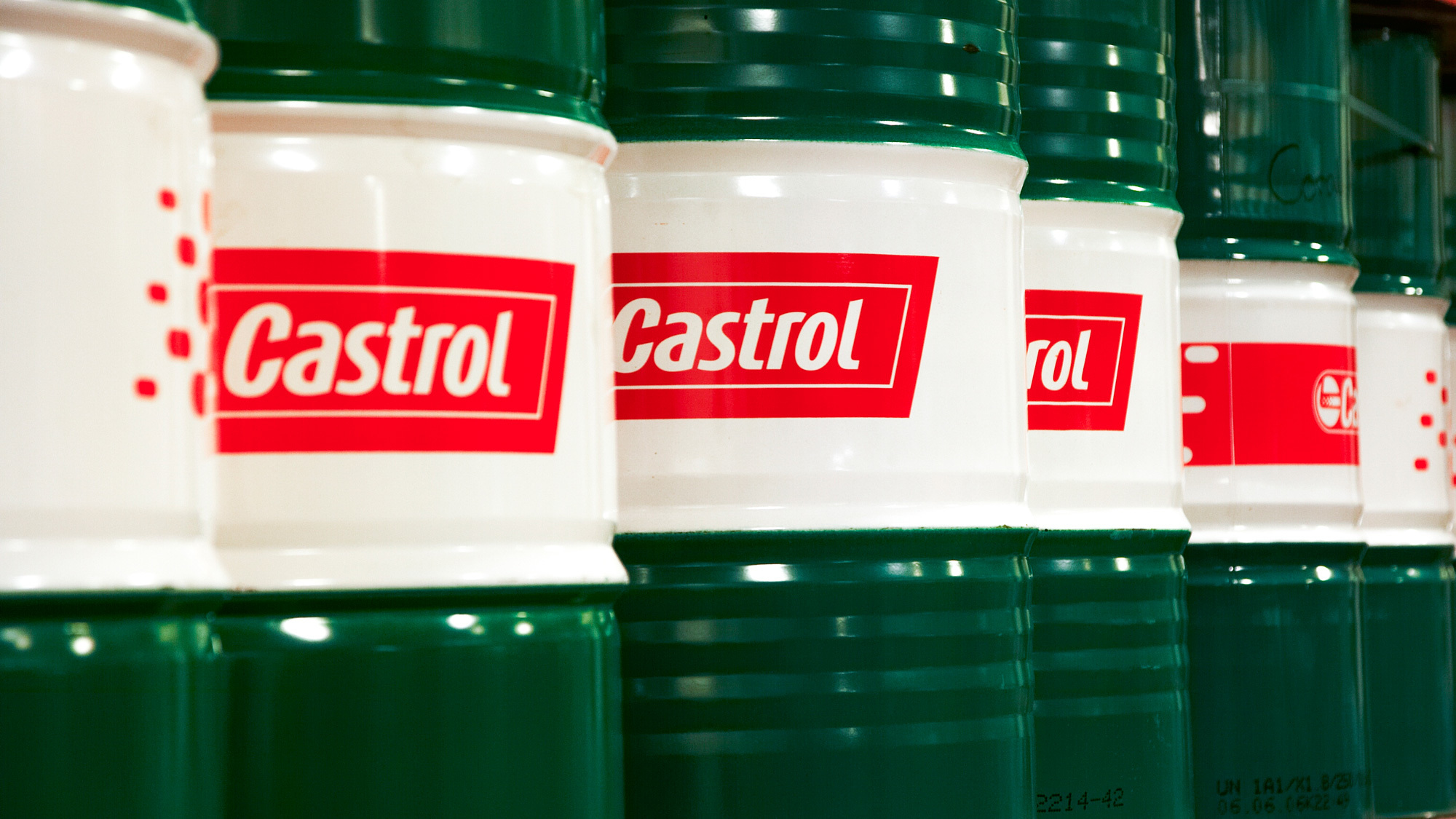
Statoil ASA, Norway’s biggest oil company, is preparing to deepen cuts to investment, operating expenses and staff in a bid to generate an extra $5billion of cash a year.
The state-controlled explorer wants to meet that target for additional pretax cash flow by 2020 by reducing capital expenditure by as much as 25%, trimming operating costs by 15% and eliminating 20% of its technical staff, according to internal documents seen by Bloomberg News.
The goals are more ambitious than those Statoil made public in February, showing the pressure rising costs are putting on profit margins at the world’s largest oil producers as crude prices stagnate. Stavanger-based Statoil has particular challenges in Norway, where drilling is more expensive than anywhere in the world and labor costs are almost double those in the U.S.
“Statoil faces escalating costs and declining returns, and needs to significantly improve cost and resource efficiency,” the company said in the documents, which outline its ambitions. To tackle these challenges, the company is creating what it called a Technical Efficiency Program with “an ambitious but achievable ambition level: when fully implemented, improve Statoil’s pretax cash flow by $5billion.”
Pretax cash flow last year was $36.5billion, according to an earnings presentation.
To achieve the reduction in capital investments, the program aims for a 25% cut in well-related costs by 2020, according to the documents. That compares with a reduction of 15% by 2016 proposed at the company’s capital markets update in London in February.
Similarly, Statoil, which produces about two-thirds of its oil and gas in Norway, wants to reduce the cost of modifying existing platforms and other assets by 30% by 2020, compared with 20% by 2016. The company also plans to lower the cost of new facilities by 25% in the same period.
Statoil shares rose 1.9%, the most since April 29, to 184.9 kroner at 1.18 pm in Oslo.
“We do not wish to comment on internal working documents where early scope and ambitions for our ongoing efficiency program are expressed,” spokesman Jannik Lindbaek said by e- mail today.
In a strategy update in February, Statoil said capital expenditure, which reached $19billion in 2013, would be 8% less than previously planned in the period from 2014 through 2016, or about $20billion a year. Operating expenses reached 75billion kroner ($12.5billion) last year.
Norway’s government, which owns 67% of Statoil, reacted to the plans by warning the company and its competitors they should avoid project delays.
Investors welcomed those goals, with Statoil gaining 24% in Oslo trading since presenting its strategic shift to focus on higher returns over production growth. The gain is about double that of Royal Dutch Shell Plc in London.
Aside from cuts in investments, costs and staff, Statoil said in the documents it could increase revenue by $1.8billion through production efficiency measures.
Reducing drilling costs is ranked first among six projects within the program. Statoil said expenses per meter drilled have risen 240% in 10 years as the distance drilled per day fell 44%. The cost of production wells is 25% higher than for peers on mobile rigs and 20 percent higher on fixed rigs, the documents said.
Drilling costs in Norway, western Europe’s biggest oil and gas producer, are the highest in the world and at least 40% higher than in the neighboring UK, a government- commissioned report said in 2012.
Relaxing rig requirements and lowering labor costs are essential to maintaining production after a 20% decline over the past 10 years, according to the government’s report, led by Eivind Reiten, a former chief executive officer of Norsk Hydro ASA.
Statoil wants to open discussions with Norwegian authorities both on safety regulations and on offshore-worker rotation systems in order to close the gap between Norway and the U.K. on daily rig rates, which stand at about $100,000, it said in the documents.
Other efficiency measures outlined in the documents range from the standardization of offshore platforms and subsea installations to a 10% reduction in research and development spending.
By being more selective on investments and cutting costs, the company has said it expects to cover dividends with organic free cash flow by 2016 after partially funding raising payouts with asset sales of more than $18billion over the past four years.
Recommended for you
